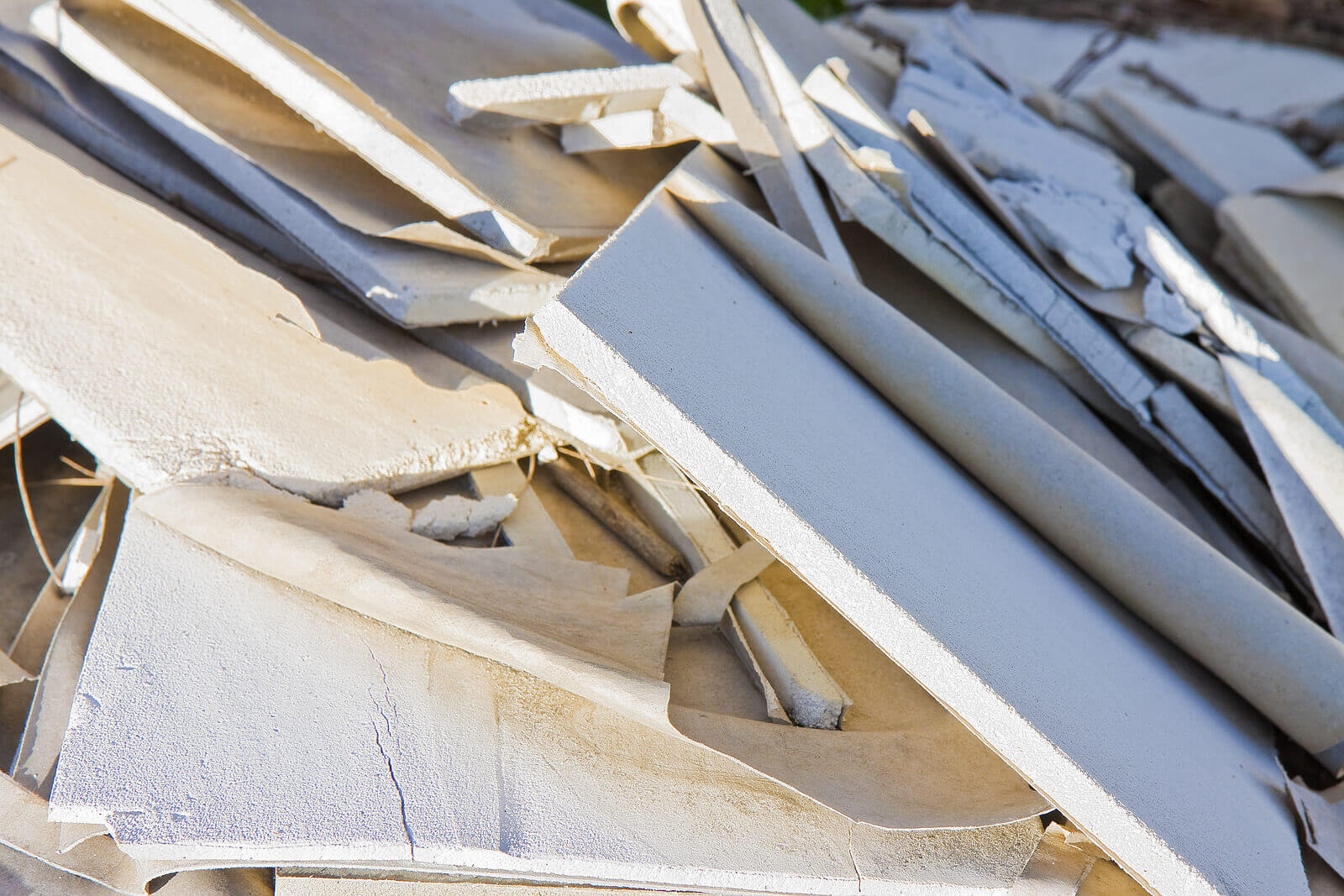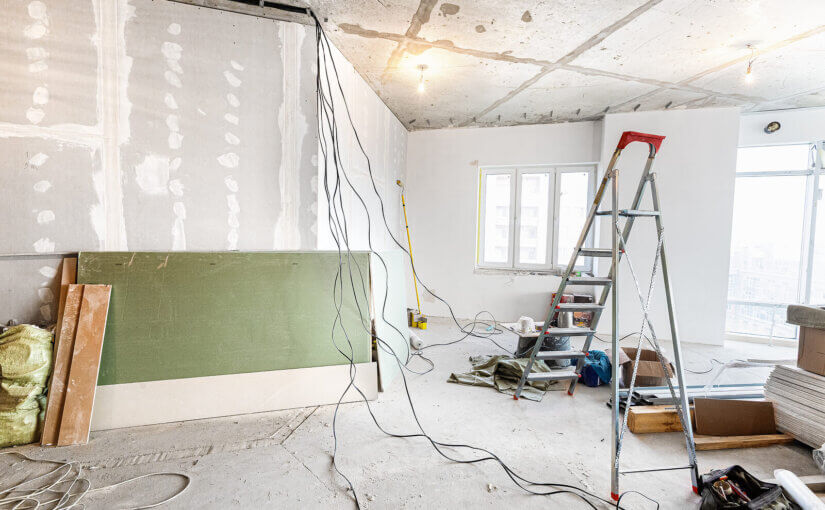Plasterboard or gypsum, a common building material used for interior walls and ceilings, is a popular waste product from home renovations and commercial refurbishments.
However, plasterboard disposal can present a problem, and most skip hire companies will refuse to take the item due to its hazardous properties. If your general skip waste contains plasterboard, this could cause serious safety concerns.
Why is plasterboard hazardous waste?
Plasterboard falls within the hazardous waste category, which you can’t place in skips, and is also banned from landfills.
The material has a high gypsum content, giving it a high putrefaction risk. When these sulphates get wet and mix with other general waste and rubbish, they create hydrogen sulphide (H2S).
The high density of H2S means it collects in large quantities in invisible pools in the environment. Thought colourless, you can generally tell if you have a skip full of H2S thanks to its distinctive rotten egg smell, which is incredibly uncomfortable to be around.
More significantly, H2S is also poisonous, corrosive, and can burn or explode, making it hazardous if left unattended in building sites or landfills.
How to dispose of plasterboard?

Though you can’t put plasterboard in your skip or general household waste, other plasterboard disposal methods exist.
Before you get rid of it, take care to isolate and correctly bag your plasterboard waste. Keep the material away from standing water and out of the rain to minimise the risk of creating H2S. We recommend keeping it covered and in an air-conditioned space to prevent high humidity levels.
Local councils can sometimes help with plasterboard disposal — some offer a collection service for small quantities from household refurbishments, taking your plasterboard sheets for a small charge.
It could be worth setting up a plasterboard recycling contract if you’ve amassed considerable plasterboard waste from your commercial project. In many cases, you can directly reuse plasterboard and gypsum with minimal processing, making it a more sustainable substitute for manufacturing plasterboard from raw materials.
British Gypsum has introduced a quick and easy service for contractors to recycle their plasterboard, which is ideal for getting rid of commercial waste regularly.
Waste construction companies may be particularly interested in your unwanted plasterboard, as it’s a surprisingly valuable recyclable material. You could sell your waste to a gypsum specialist and make some money.
Although you can’t put plasterboard in skips, there are many ways to dispose of the material, thanks to recycling efforts and help from local councils. Remember to keep your plasterboard waste separate from other items to increase safety.
